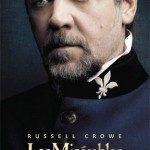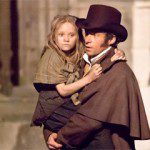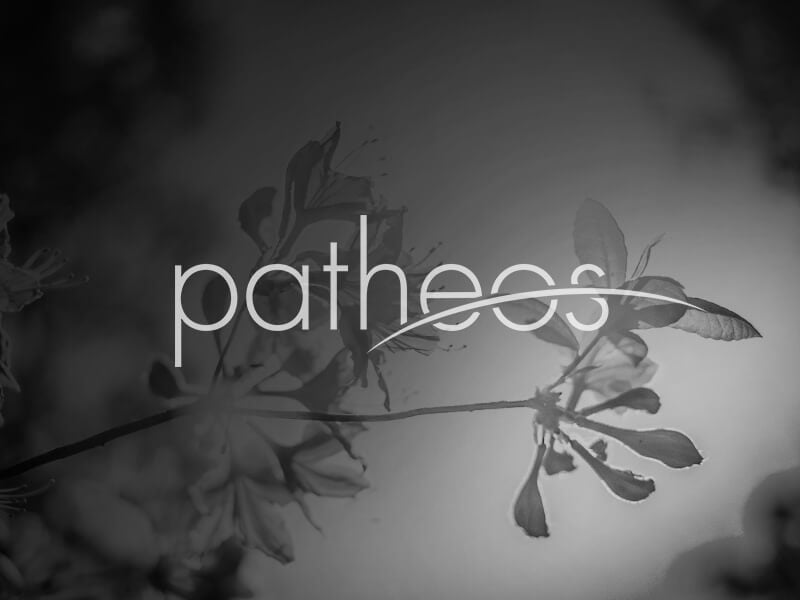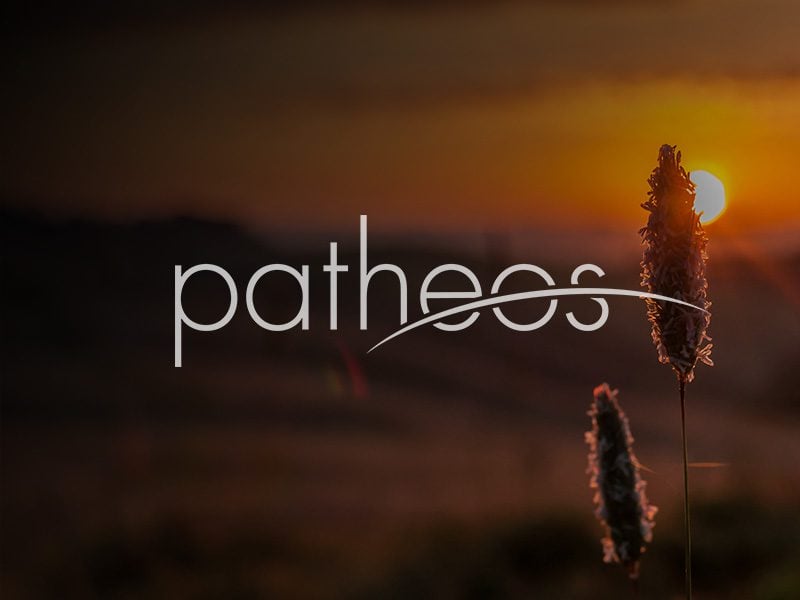In yesterday’s post, The Les Misérables Movie: Fact Check, I observed that the script for the movie diverges in a number of respects from the script for the stage musical. I offered to do a kind of “fact check,” comparing these two scripts, especially in light of their faithfulness to Victor Hugo’s original novel (in translation). I added by noting that I believe the musical is a faithful, though greatly condensed, version of the novel, and that the movie is faithful to both. Yet, in many cases, changes in the movie script reflect the book more accurately than the original musical. Moreover, many of these changes help the movie viewer understand the story more clearly.
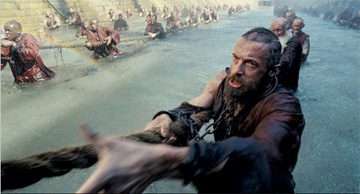
The opening scene of the film, in addition to being visually striking, lets the Les Mis lover know that changes are afoot. For example, the stage version opens with convicts breaking rocks and singing:
Look down, look down
Don’t look ’em in the eye
Look down, look down,
You’re here until you die
The sun is strong
It’s hot as hell below
Look down, look down,
There’s twenty years to go
The movie begins with convicts dragging a giant ship and singing:
Look down, look down
Don’t look them in the eye
Look down, look down
You’re here until you die.
No God above
And Hell alone below
Look down, look down
There’s twenty years to go.
This small change points ahead to one of the main themes of the Les Mis story: the presence (or absence) of God in the midst of human suffering.
As the convicts leave the scene, we see the first interaction between Jean Valjean and Javert, something that is not from the musical. Javert indicates to Jean Valjean that he should get the flag that is connected to the ship’s broken mast. It is a Herculean task, which Jean Valjean accomplishes because he apparently has superior strength. This scene, though not in the book or stage version, is hinted at from both sources. It prepares the viewer for the significance of a later scene, in which Jean Valjean, having broken his parole and become a successful businessman, lifts a heavy cart to save a man and, in so doing, risks revealing to Javert his true identity as a former convict. This addition to the script is a good example of how the movie helps the viewer understand what’s going on in a way that the stage musical did not.
Another example comes just a few seconds later, when Javert is giving Jean Valjean his release from prison. Here’s how the stage version goes:
JAVERT
Now bring me prisoner 24601
Your time is up
And your parole’s begun
You know what that means
VALJEAN
Yes, it means I’m free
JAVERT
NO!
It means you get
Your yellow ticket-of-leave
You are a thief.
VALJEAN
I stole a loaf of bread
Notice how the movie script has Javert explain the meaning of the yellow ticket-of-leave, something that is clear in the book but not at first in the musical.
JAVERT
Now Prisoner 24601.
Your time is up
And your parole’s begun.
You know what that means?
VALJEAN
Yes. It means I’m free.
JAVERT
No! It means you get
Your yellow ticket-of-leave.
This badge of shame
You’ll show it everywhere.
It warns you’re a dangerous man.
VALJEAN
I stole a loaf of bread
In the novel, here’s what was written on Jean Valjean’s yellow “passport”:
Jean Valjean, discharged convict . . . has been nineteen years in the galleys: five years for house-breaking and burglary; fourteen years for having attempted to escape on four occasions. He is a very dangerous man.
Thus, not only does the movie script help the viewer understand right away the meaning of the yellow ticket-of-leave, but also it does so in a way that is faithful to the novel, using Javert to say what was written on the ticket and how it would function in Valjean’s sorry future.
I could offer many other examples to show how the movie script, time and again, both helps the viewer understand the story and moves the musical closer to the original novel. Tomorrow, I’ll examine one of the most striking innovations in the film and consider its faithfulness to the novel.

